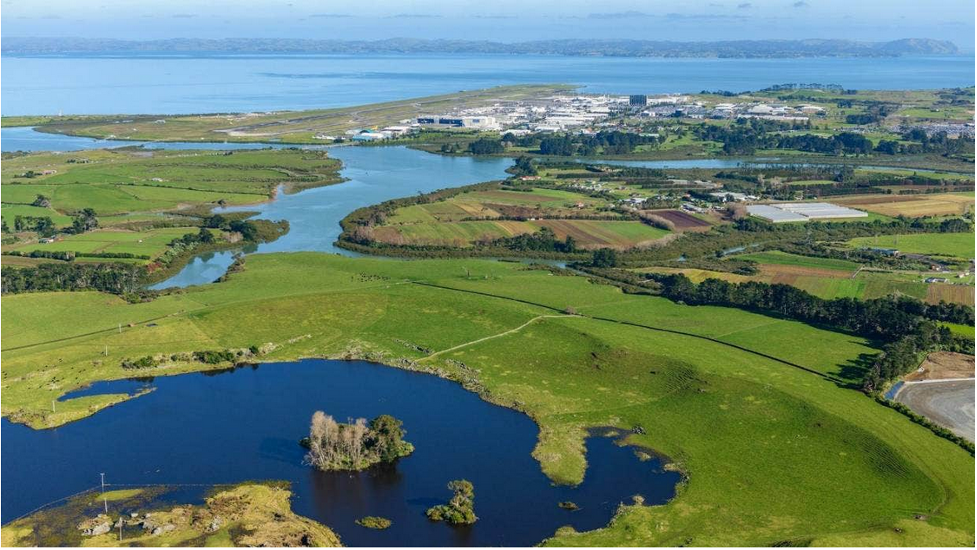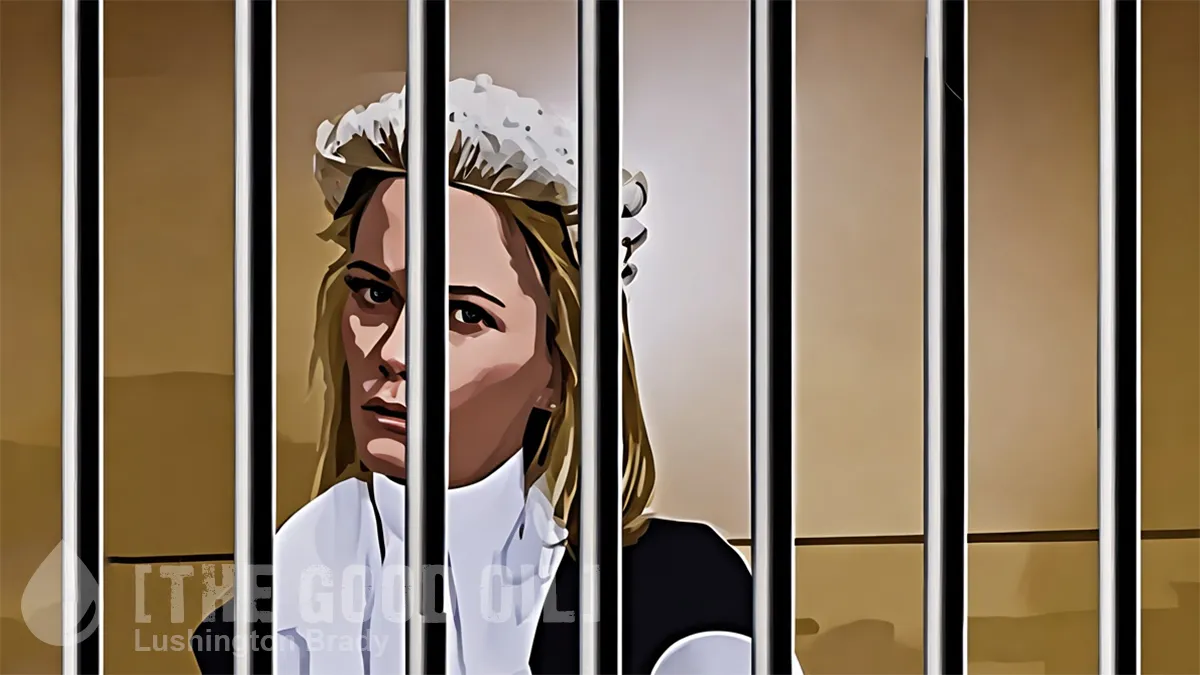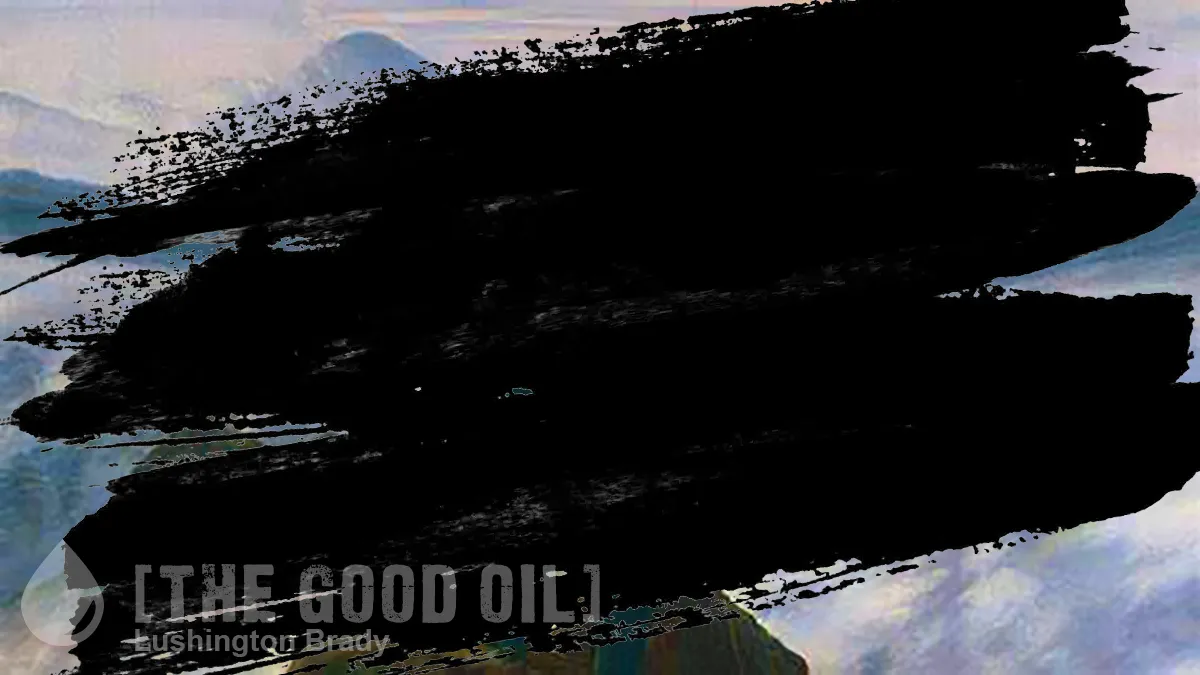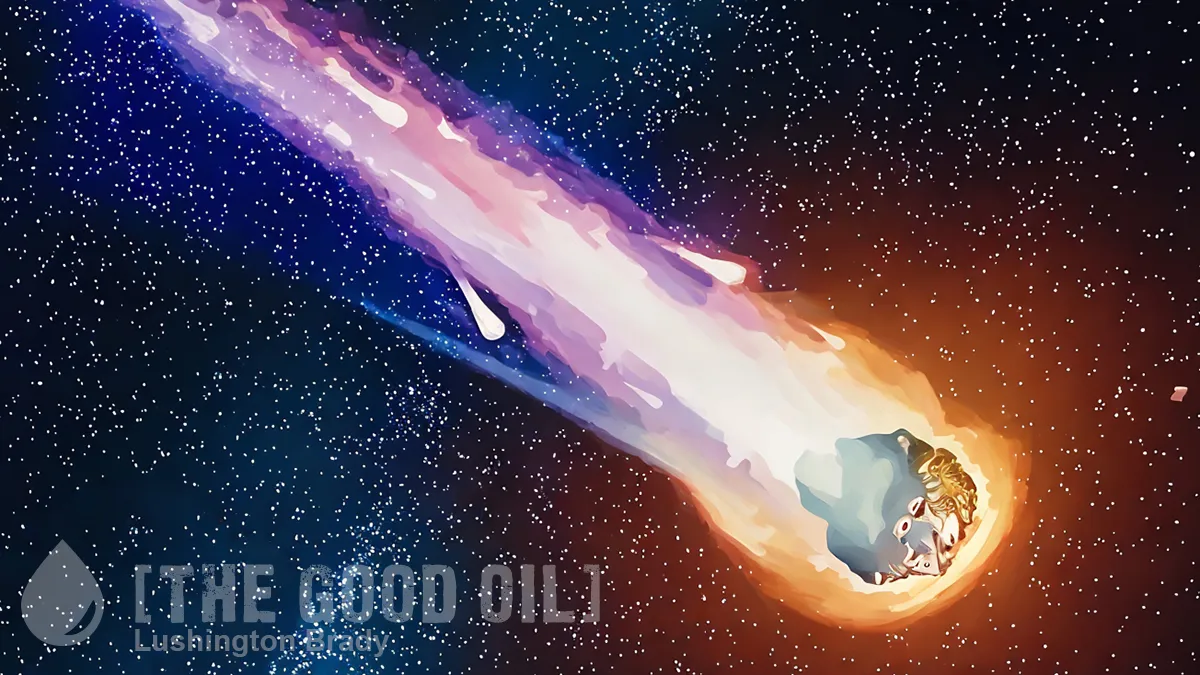Just as Covid has mutated and become more worrisome, so too have alleged cultural connections mutated to become much less specific, but far more powerful and concerning.
It is not enough to protect individual sites important to mana whenua, and therefore to our entire cultural heritage, during any land development, but the Environment Court has now ruled that a connected (or illusory) “cultural landscape” has more value than property rights and the individual owners exercise over the same.
A group of land-owners, including Self Family Trust, had desired to develop 83 hectares of land on Pukaki Peninsula, Auckland, for a mix of housing and light industrial in roughly equal area, about 20 hectares apiece. A smaller amount was designated a commercial and transport hub, a further 23 hectares reserved for riparian planting and archaeological protection, with the gift of the remaining 11 hectares back to mana whenua.

The development looked promising after the Auckland Unitary Plan Independent Hearings Panel recommended that the Rural Urban Boundary (RUB)/Future Urban Zone (FUZ) designation should extend over the land on the Peninsula in 2017. However, the Auckland Council declined to accept that recommendation and decided to fight with every tooth, hair, nail and claw while camouflaging themselves among buckets of red herrings, all those at its considerable disposal, to prevent any development on the peninsula.
Through the Courts Environmental, then High, then back to the Environment Court for a ‘final’ ruling in December the arguments galloped and snowballed for three years before culminating in a reversal which put paid to the future plans of both the developers and aspiring homeowners: declining the appeal to have the land zoned a FUZ within the RUB.
So far, so what? This happens all the time.
Well: the truly astonishing thing about this (very poor) decision is in both the reasons, and the weight, given to a single interested party’s outlook:
“Crater Hill and Pukaki Peninsula are part of the cultural dimensions of the area which is very important. The importance lies not only in the individual sites (both identified and as yet unlocated) but in the area as a whole… This case is really the last gasp for Te Akitai and their Mana Whenua: if they cannot retain the sub-precinct with the current land use zoning, that is inherently far more sympathetic to the mauri of the land, that would be the case with residential, light industrial development over significant portions, they will lose the cultural dimensions of this area (i.e.their cultural landscape) as a whole. We conclude that maintaining the status quo RUB is essential for sustaining the existing quality of naturalness, and thereby the mauri of the small remaining undeveloped parts of Te Akitai’s rohe.”
Mana whenua shouldn’t be entirely blamed for this inventive, crushing, new impediment to development, it’s an angle designed, encouraged and manipulated by an Auckland Council determined to preserve their precious Rural-Urban Boundary, keeping land in short supply regardless of the consequences to our home-hungry strugglers.
The Court demeaned itself in condescending the offer of land back to mana whenua, saying:
“the offer of further land to increase the papakainga area is nothing more than a statement of possible intention…”, and “the evidence in this case bears out what landowners may consider very generous recognition is insufficient from the tangata whenua’s point of view”
A view about which the Environment Court seemed supremely arrogant:
“If Te Akitai decide they consider the mauri of the area requires maintenance of all the land on Te Kapua Kohuora and Pukaki Peninsula in its current condition (subject to zoning and existing use privileges the landowners have) rather than 60 percent ownership of Crater Hill plus open space (and legal access strips) on Pukaki Peninsula, it is not for the Auckland Council or this Court to contradict them.”
The Environment Court simply washes its hands of consequences of this decision, arguing it is not effectively a veto on almost any further development of land with any Maori connection whatsoever, but it quite clearly is:
“If [mana whenua] decide…it is not for the Auckland Council or this Court to contradict them.”
What else can that statement possibly be interpreted as? What other consequence can this decision possibly have other than mana whenua having priority? Indeed it seems the single most important, contribution to the argument’s outcome.
The entire 90-page decision meanders along through Auckland Council’s many and various, imaginative objections but the final outcome makes crystal clear the new priority, the new impediment to property rights: the “cultural landscape” rules supreme, while whatever “privileges the landowners have” are cast aside.
What a farce.
Please share this article so that others can discover The BFD









